|
Tiny plastic particles, also called microplastics, were found in 100 percent of smallmouth bass digestive systems studied in 2019 via the Susquehanna University’s Freshwater Institute — capping an annual increase in the three-year study.
“The DEP works closely with the PA Fish and Boat Commission, university research centers including Susquehanna University, and other stakeholders to better understand and advance science-based solutions to water quality issues affecting fish populations and aquatic health in the Susquehanna River and waterways across the Commonwealth, in keeping with our mission,” she said, adding that the DEP offers background information on public health and fish consumption on their website by clicking here.
Results of Susquehanna University’s smallmouth study were presented at 14th Annual Susquehanna River Symposium and the 2020 technical meeting of the Pennsylvania Chapter of the American Fisheries Society by Timothy Parks (class of 2020) and Niles. Parks’ senior thesis was also cited by a Scientific and Technical Advisory Committee report to the Chesapeake Bay Program. “In our efforts to engage and educate the public about potential threats to our river-based resources, this study is pretty significant because it provides definite, measurable evidence of plastic-based pollution within our greater watershed,” said Middle Susquehanna Riverkeeper John Zaktansky. “Our association is committed to helping determine the source of these microplastics and how we can best respond to the threat. This is an important reminder that each of us need to do our part to reduce waterway littering issues and raise awareness about the impact we have on our natural resources.” Lehman added that there are many ways each person can help cut back on the plastic-based issues within the greater watershed. “The DEP strongly encourages the public to help reduce plastic pollution in the environment by reducing the use of single-use plastics, purchasing products made with recycled materials when possible, recycling plastics where recycling is locally available and properly disposing of plastics that cannot be recycled,” she said.
3 Comments
7/2/2020 07:58:01 am
Ive been concerned about plastic in our environment for decades! Since February , 2017, ive been counting the plastic containers,single use bottle and bags ive been collecting. over 5000 picks this year, and 14,200 overall...not counting all the other plastic detritus that finds it way to the Susquehanna/ Atlantic Ocean.... Id say, we have a problem.
Reply
Leave a Reply. |
AuthorsRiverkeeper John Zaktansky is an award-winning journalist and avid promoter of the outdoors who loves camping, kayaking, fishing and hunting with the family. Archives
July 2024
Topics |
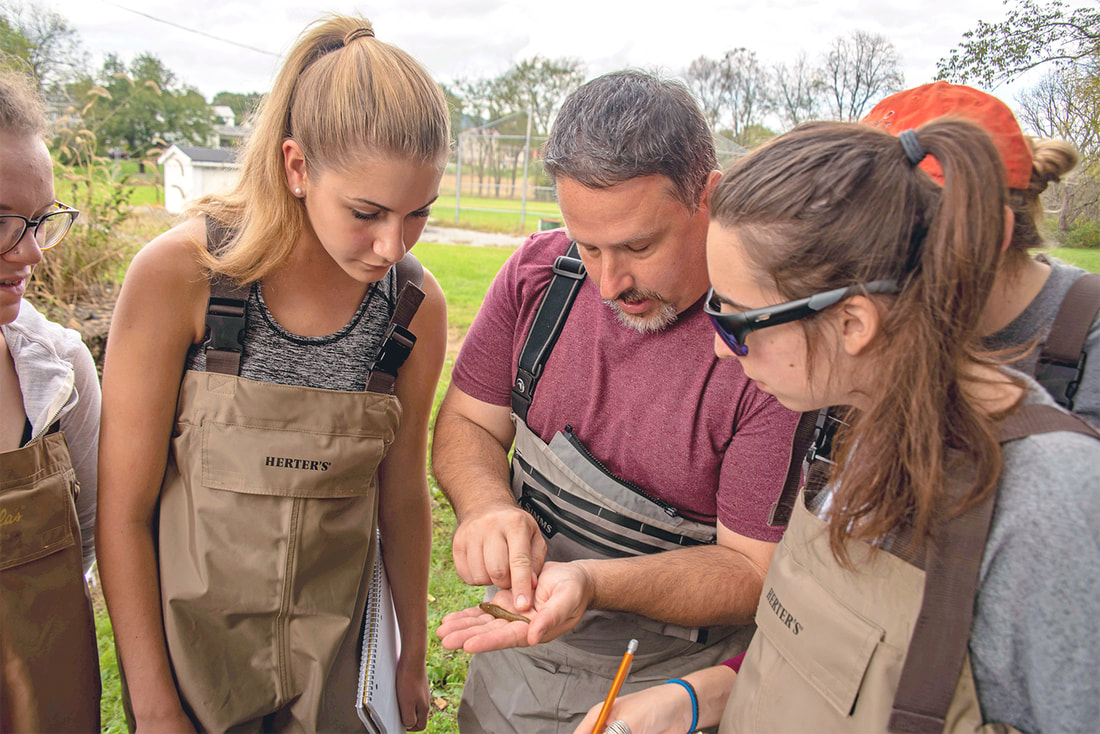
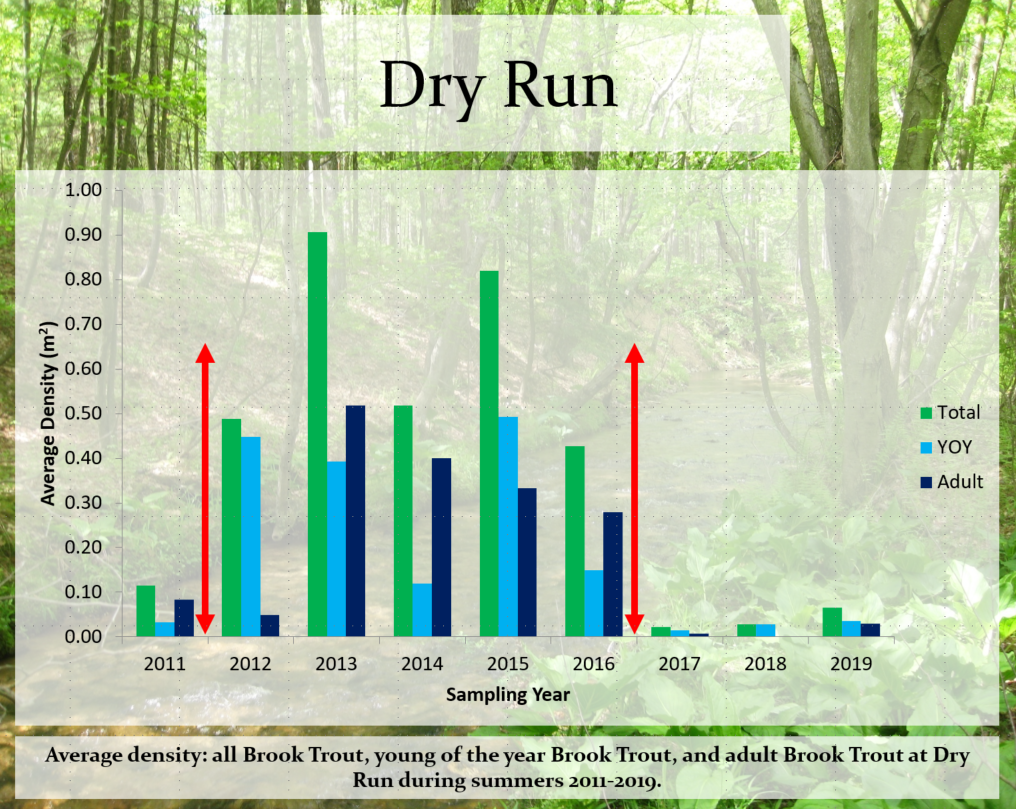
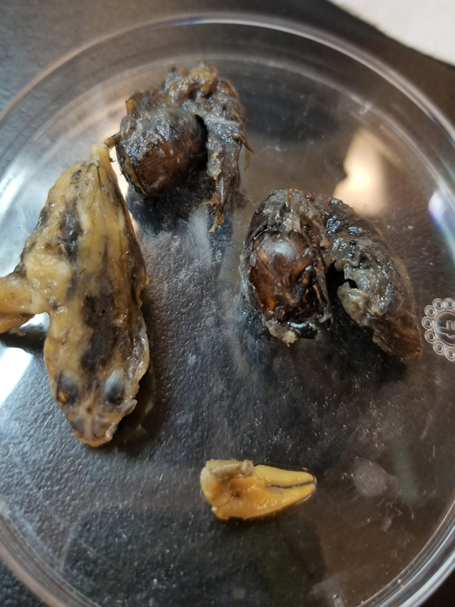
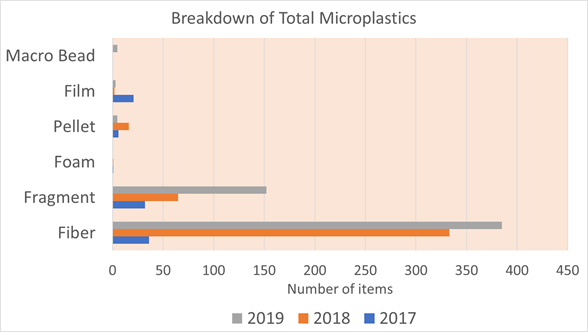
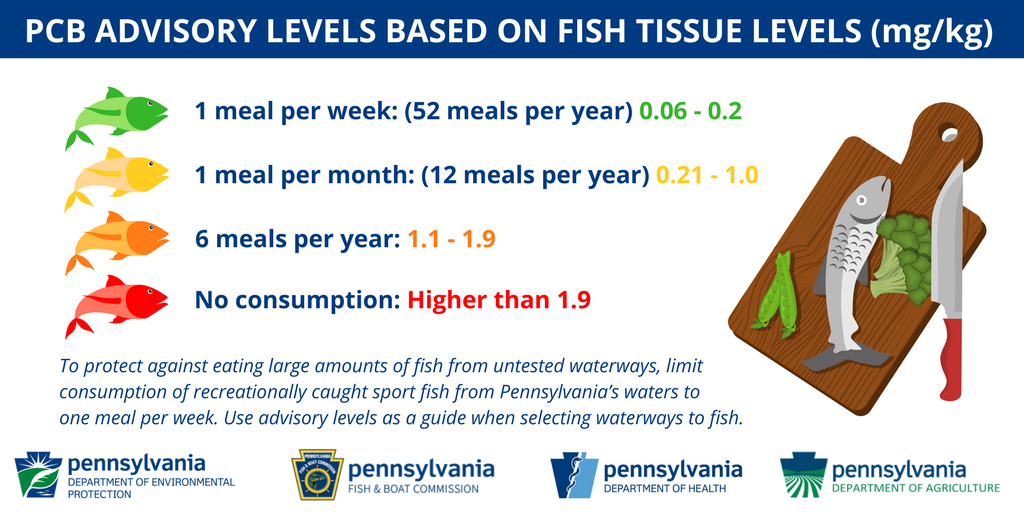
 RSS Feed
RSS Feed